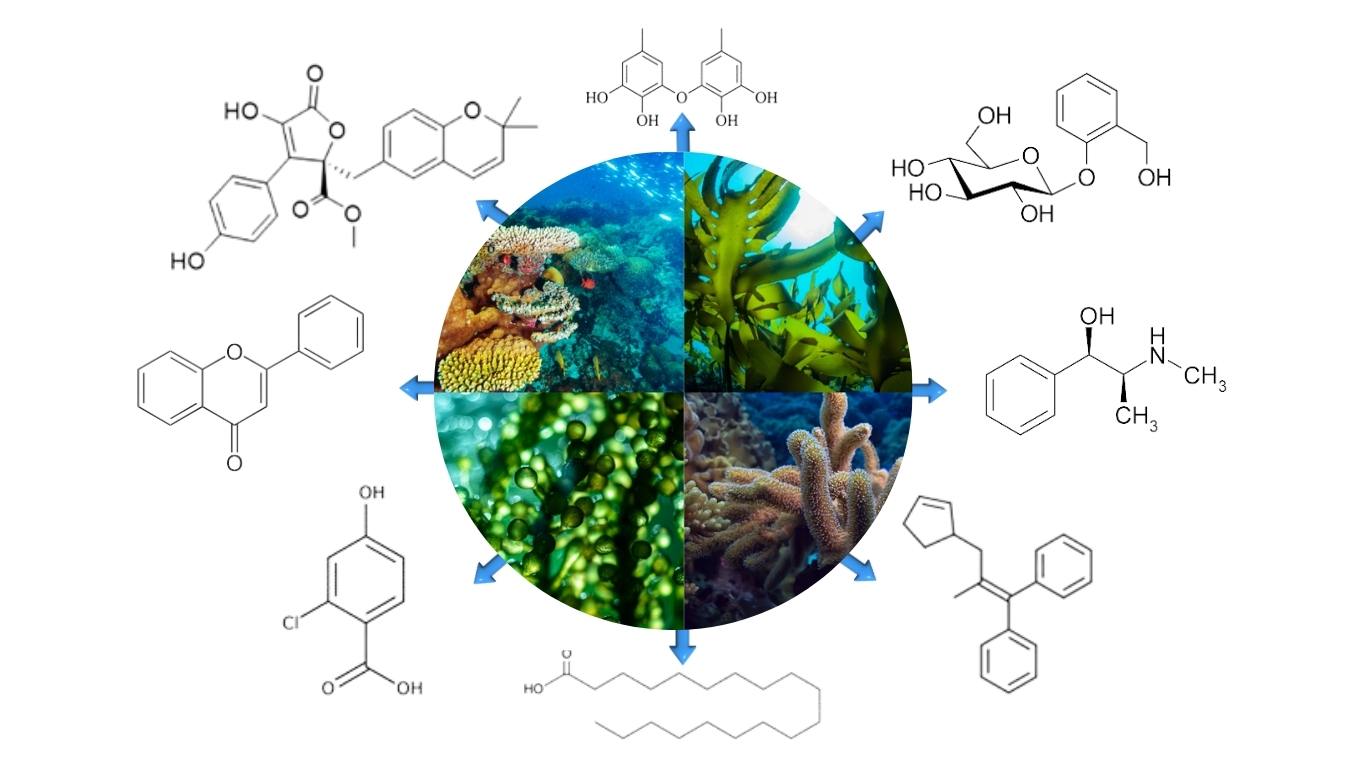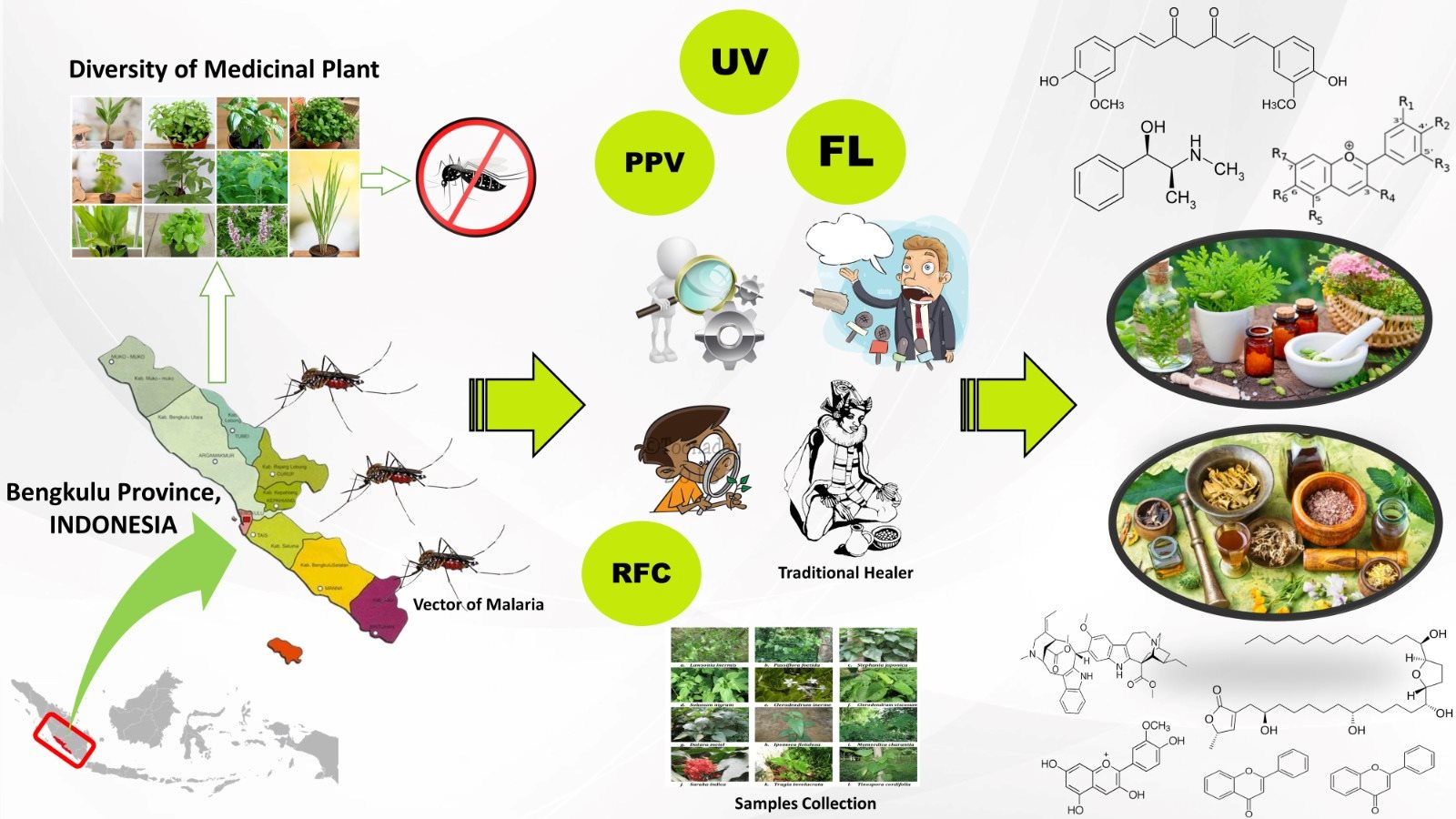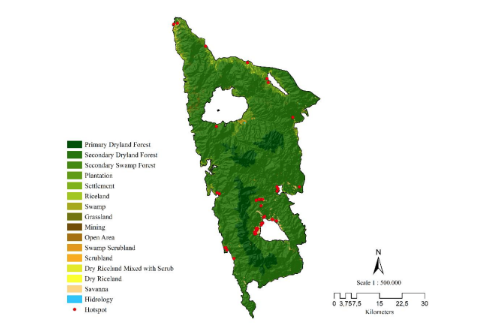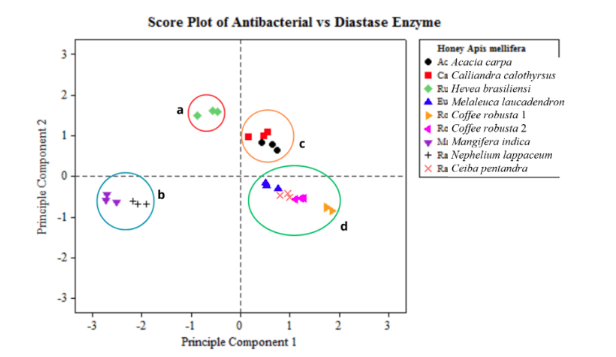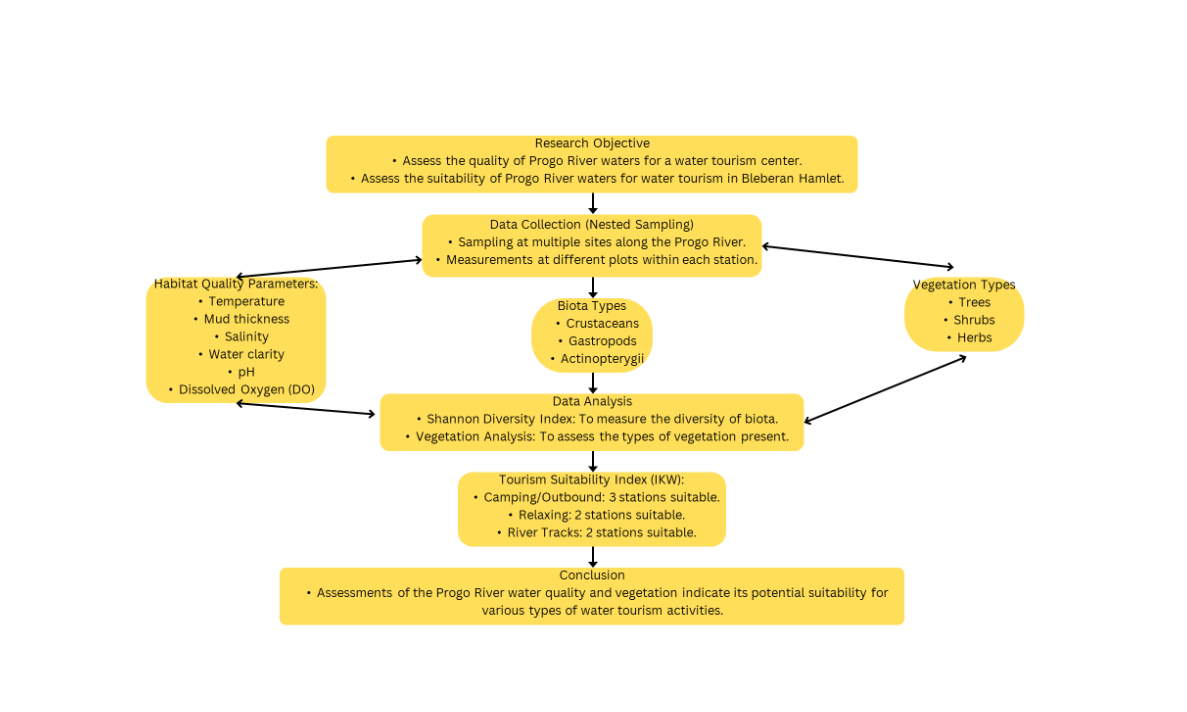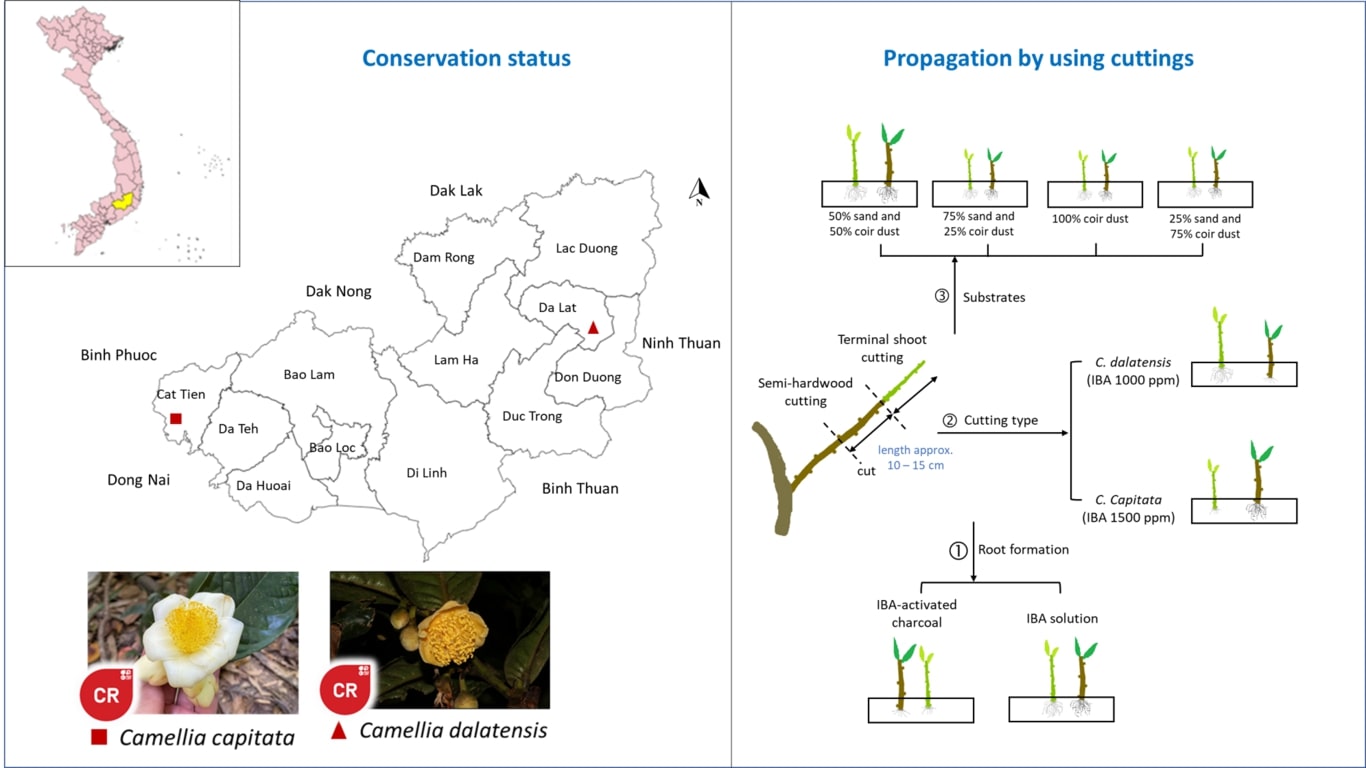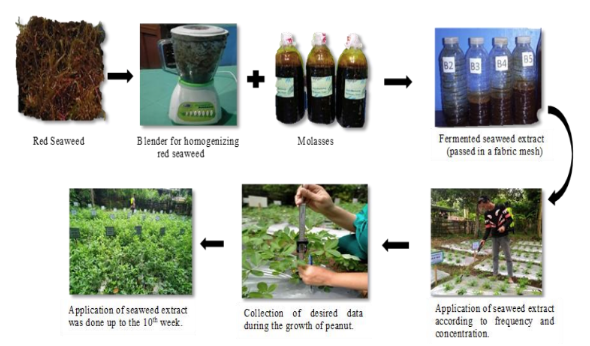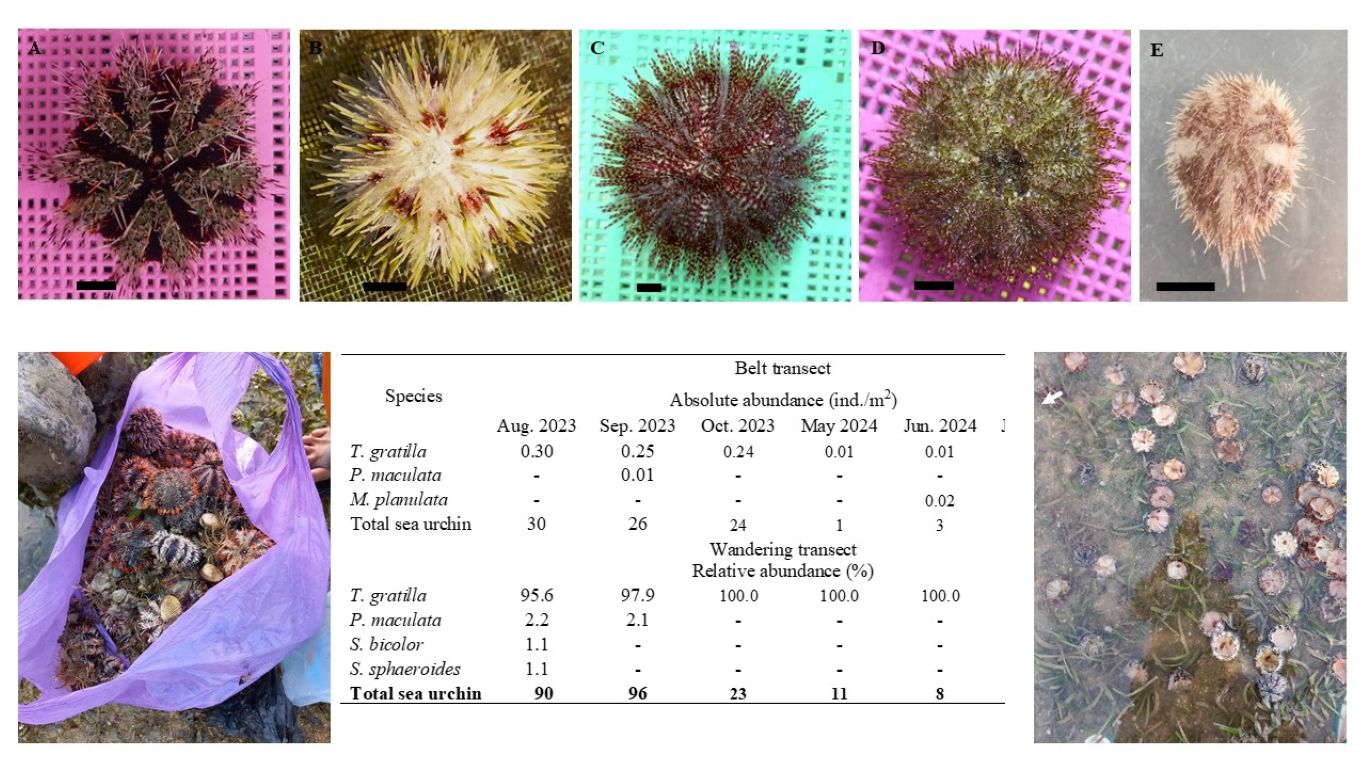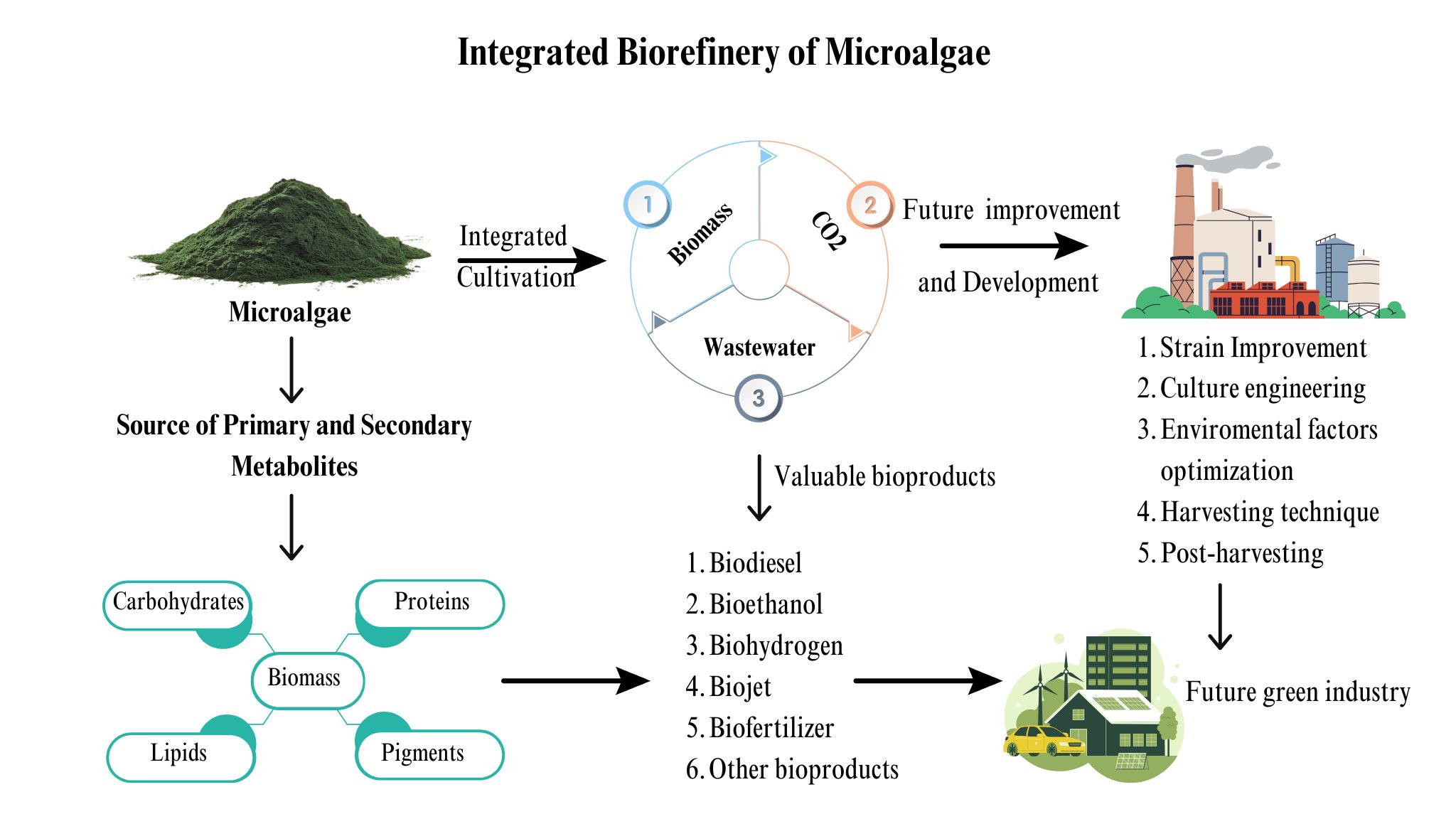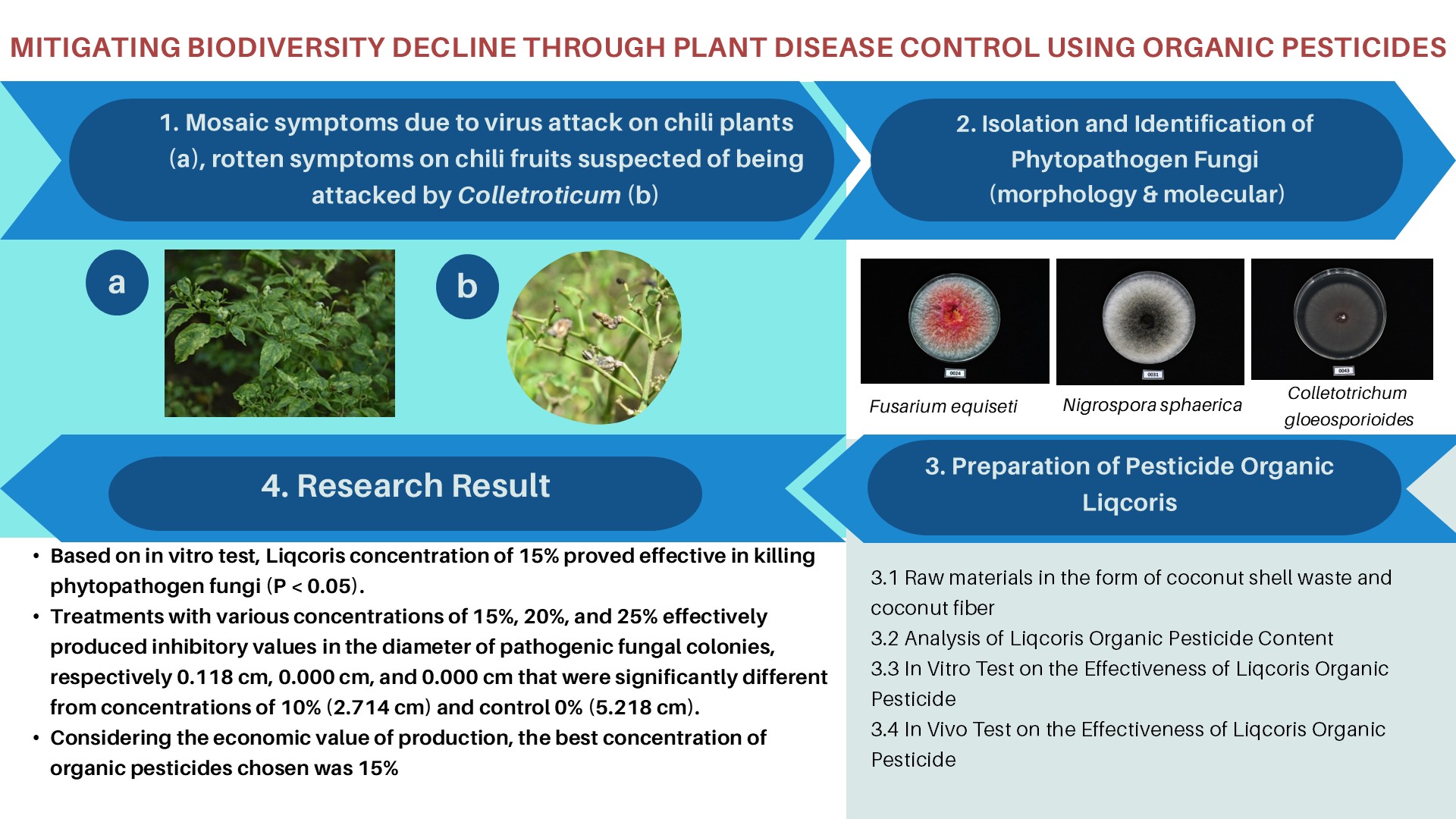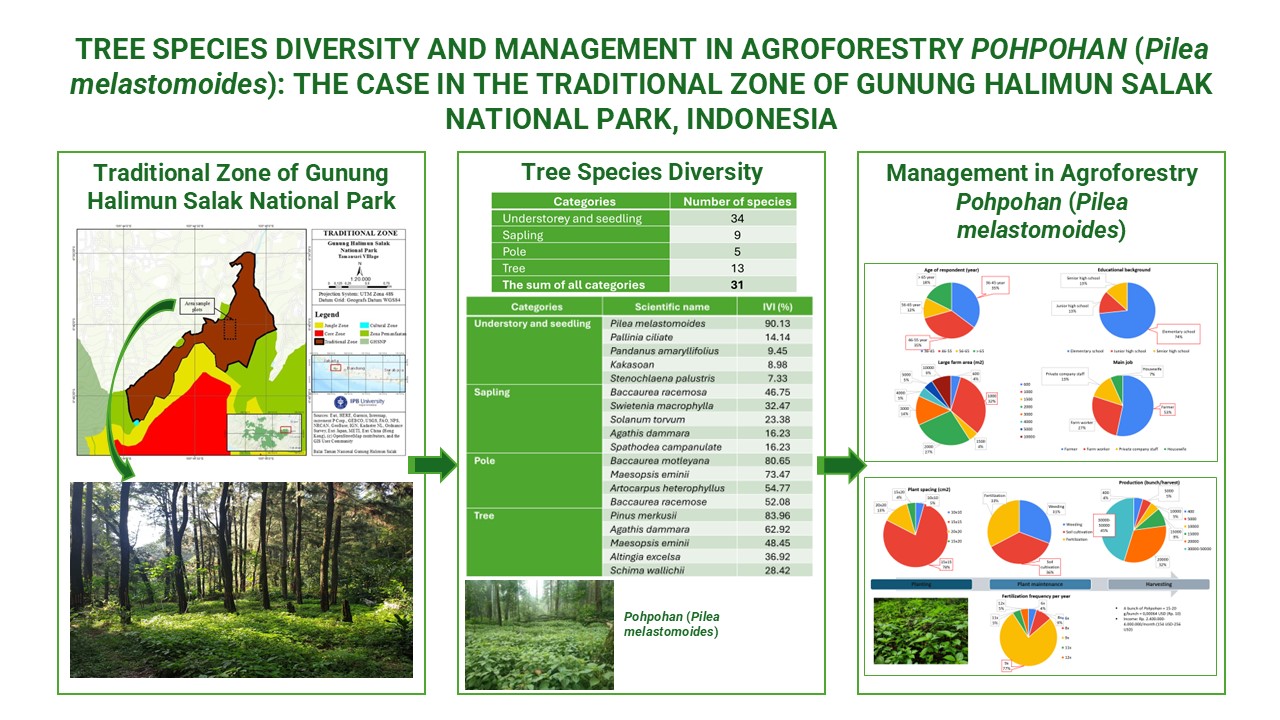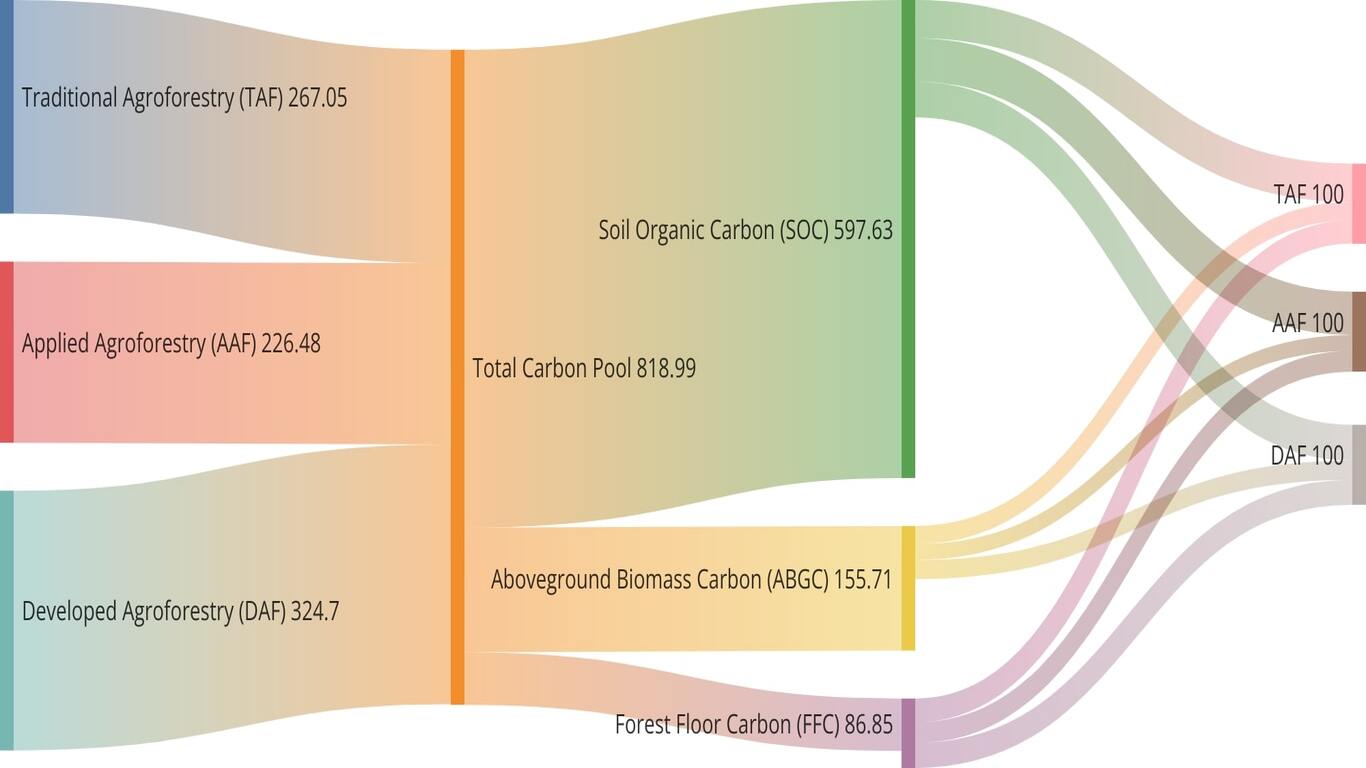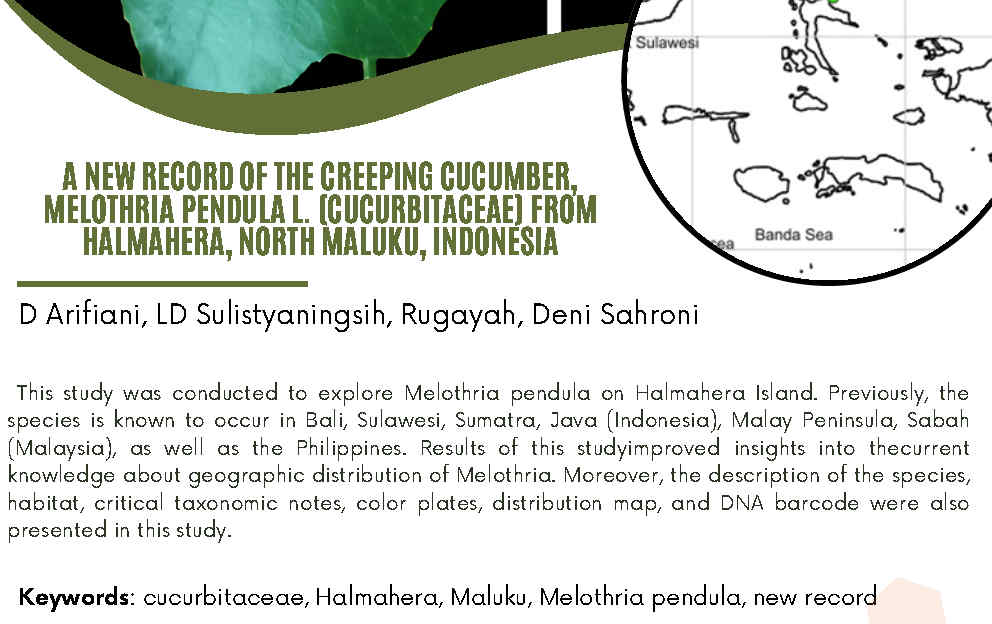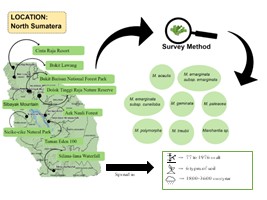QUALITY IMPROVEMENT OF DISQUALIFIED TIGER PRAWN (Penaeus monodon Fab.) BROODSTOCK USING DOPAMINE
Downloads
Disqualified tiger prawn broodstock is the one that has undergone ablation after two breeding periodes which causes high production cost pollution of environment and difficulties in providing it continuously with enough quantity at exact time The purpose of this study is to find the proper dosage of dopamine which will give good quality for breeding of the disqualified tiger prawn because dopamine inhibits maturation so it has enough time for maturation and can be improved the eggs quality
This experiment used 15 pairs the twice breeding tiger prawn which is taken from Perigi Central Java The sample were treated with difference dosage of dopamine dosage 109 108 107 106 moll and controlinjected by aquabidest The parameters were identified in this experiment are duration days for eggs maturation fecundity fertilizing rate hatching rate egg diameter and phototaxis respnnsive of the nauplii
The result of this research are the of the average of duration for eggs maturation on the broodstock that were injected dopamine dosage 109 108 107 106 moll and control were 14 12 4 2 5 days Fecundity 561489 503000 384205 230850 and 150034 Fertilizing rate 898 821 560 463 and 232 Hatching rate 7953 7253 4775 1227 and 366 Diameter 029 029 029 027 and 027mm The nauplii that had produced by injected broodstock by dosage 109 108 107 have the positive phototaxis responsive while dosage 106 and control were weak
Key words Disqualified dopamine dosage duration maturation fecundity fertilizing hatching diameters nauplii
Downloads
Copyright (c) 2017 BIOTROPIA - The Southeast Asian Journal of Tropical Biology

This work is licensed under a Creative Commons Attribution-NonCommercial-NoDerivatives 4.0 International License.
Authors who publish with this journal agree with the following terms:
- Authors retain copyright and grant the journal right of first publication, with the work 1 year after publication simultaneously licensed under a Creative Commons attribution-noncommerical-noderivates 4.0 International License that allows others to share, copy and redistribute the work in any medium or format, but only where the use is for non-commercial purposes and an acknowledgement of the work's authorship and initial publication in this journal is mentioned.
- Authors are able to enter into separate, additional contractual arrangements for the non-exclusive distribution of the journal's published version of the work (e.g., post it to an institutional repository or publish it in a book), with an acknowledgement of its initial publication in this journal.
- Authors are permitted and encouraged to post their work online (e.g., in institutional repositories or on their website) prior to and during the submission process, as it can lead to productive exchanges, as well as earlier and greater citation of published work (See The Effect of Open Access).









